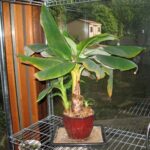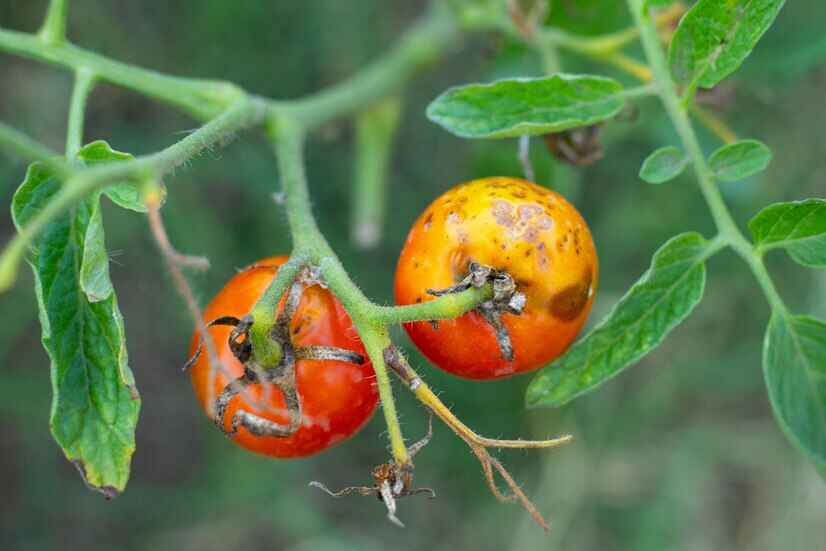Verticillium wilt is a fungal disease that can severely impact tomatoe plants, causing yellowing leaves, stunted growth, and reduced yields. Addressing this issue promptly and effectively can save your plants and ensure a healthy harvest. This guide will walk you through the causes, identification, prevention, and treatment of verticillium wilt in tomato plants.
Understanding Verticillium Wilt
Verticillium wilt is caused by Verticillium dahliae and Verticillium albo-atrum, soil-borne fungi that infect plants through their roots. The fungi block water and nutrient flow, leading to wilting and yellowing.
Key signs of infection include:
- Yellowing of older leaves near the base.
- V-shaped lesions on leaves, progressing to brown.
- Wilting despite adequate watering.
- Brown streaks inside the stem when cut open.
Preventing Verticillium Wilt in Tomatoe Plants
- Choose Resistant Varieties
Opt for tomato varieties labeled as “V” resistant, indicating they are bred to tolerate verticillium wilt. Examples include ‘Celebrity’ and ‘Better Boy.’ - Practice Crop Rotation
Avoid planting tomatoes or other susceptible plants (like potatoes, eggplants, or peppers) in the same soil for at least 3–4 years. Rotating crops reduces fungal buildup. - Maintain Healthy Soil
- Amend with compost: Organic matter boosts beneficial microbes, which can outcompete harmful fungi.
- Ensure good drainage: Poorly drained soil can exacerbate fungal growth.
- Solarization: Cover the soil with clear plastic for 6–8 weeks in the summer to kill fungal spores through heat.
- Sanitize Tools and Materials
Clean gardening tools with a solution of 1 part bleach to 9 parts water to prevent spreading the fungus. - Mulching
Apply a layer of organic mulch (like straw or wood chips) to reduce soil splash, which can spread spores to plant stems and leaves. - Avoid Overwatering
Maintain consistent but moderate watering. Overwatering can weaken plants and create favorable conditions for fungal growth.
Treating Infected Plants
- Remove and Destroy Infected Plants
If you spot signs of verticillium wilt, immediately remove the infected plants, including roots, and dispose of them in the trash. Do not compost them, as the fungus can survive in compost. - Fungicides and Biological Controls
While chemical fungicides are generally ineffective once the plant is infected, you can use biological controls, such as beneficial microbes (Trichoderma harzianum), which suppress fungal growth. - Enhance Plant Immunity
- Feed plants with a balanced organic fertilizer to strengthen their overall health.
- Avoid high-nitrogen fertilizers, which can encourage excessive foliage growth, making plants more susceptible to disease.
Long-Term Soil Management
Verticillium fungi can persist in the soil for years, so long-term strategies are crucial:
- Plant Cover Crops: Legumes or grasses can suppress fungal populations.
- Introduce Beneficial Organisms: Earthworms and mycorrhizal fungi improve soil health, reducing pathogen levels.
- Avoid Planting Susceptible Crops: In addition to tomatoes, avoid planting strawberries, cucumbers, and melons in infected soil.
Best Practices for Healthy Tomatoe Plants
- Spacing
Plant tomatoes with adequate spacing to allow air circulation, reducing humidity and fungal growth. - Pruning
Remove lower leaves that may come into contact with soil. Regular pruning improves air circulation and sunlight penetration. - Use Drip Irrigation
Drip irrigation minimizes water splash and directs moisture to the roots, keeping foliage dry.













